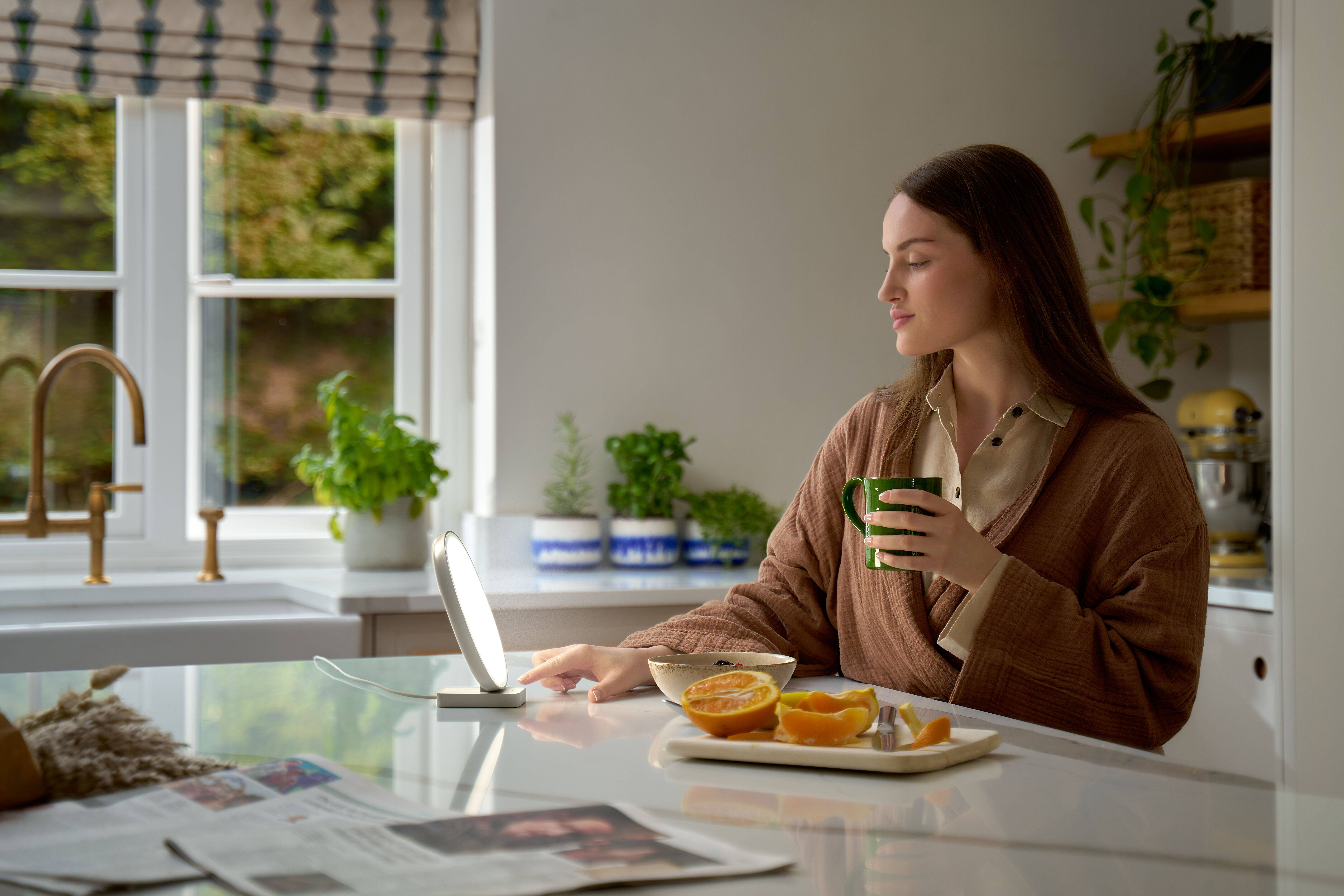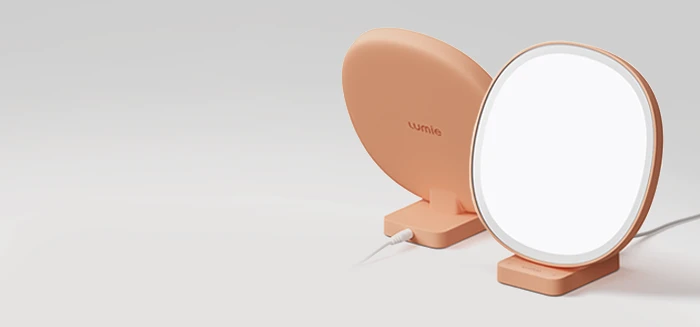How Much Light Do We Need?

Let's hear what Sophie has to say!
We can measure light intensity with a lux meter. This shows that being inside usually gives only a tiny fraction of the light intensity you get as you move towards a window - or outdoors - even on an exceptionally stormy wet day!
In 2022, an expert group of scientists recommended our light needs based on a measure called mEDI lux (melanopic equivalent daytime illuminance, mEDI) (Brown et al 2022). The receptors in our eyes which influence the timing of our body clocks contain a pigment called melanopsin, which is more sensitive to shorter wavelengths of light (‘bluer’ parts of the visible spectrum). Therefore mEDI gives more weight to blue light than other wavelengths, but is still a measure of light intensity (lux).
A lux meter or light meter can be used to give an estimate of mEDI lux, but to measure it accurately you need a special sensor.
So how much light do we need?
The expert recommendations propose a minimum mEDI of 250 lux, which is a fairly typical level for office lighting. A value of 500 lux is often recommended for detailed tasks like reading and writing.
In the evening, starting 3 hours before bedtime, dim the lights to ensure that you don’t interfere with the natural release of melatonin. The recommendation is to aim for less than 10 lux.
We are recommended to sleep in complete darkness, less than 1 lux, to minimise the alerting signal to the brain. Even 3 lux of light has been linked to getting less deep sleep.
What does all this mean for your light environment, if you don’t have any special light sensors or lux meters?
Get as much natural light as possible during the day. If you can’t get outside, sit by a window during daylight hours. In the evening, dim overhead lights. Lighting a candle can be a helpful reminder to keep the lights low. Make your sleep environment as dark as possible, and/or use blackout blinds.
Find out more in the reel below!
At Lumie, we harness the power of light to help people live happier and healthier lives. Our bright light therapy lamps deliver 10,000 lux to supplement daylight which is lacking indoors and is reduced during autumn and winter, boosting mood and energy. When it comes to sleep and wake times, Lumie wake-up lights have got you covered, helping you to rouse from sleep naturally with a gradual sunrise and drift to sleep with the soothing hues of a sunset.






.jpg)